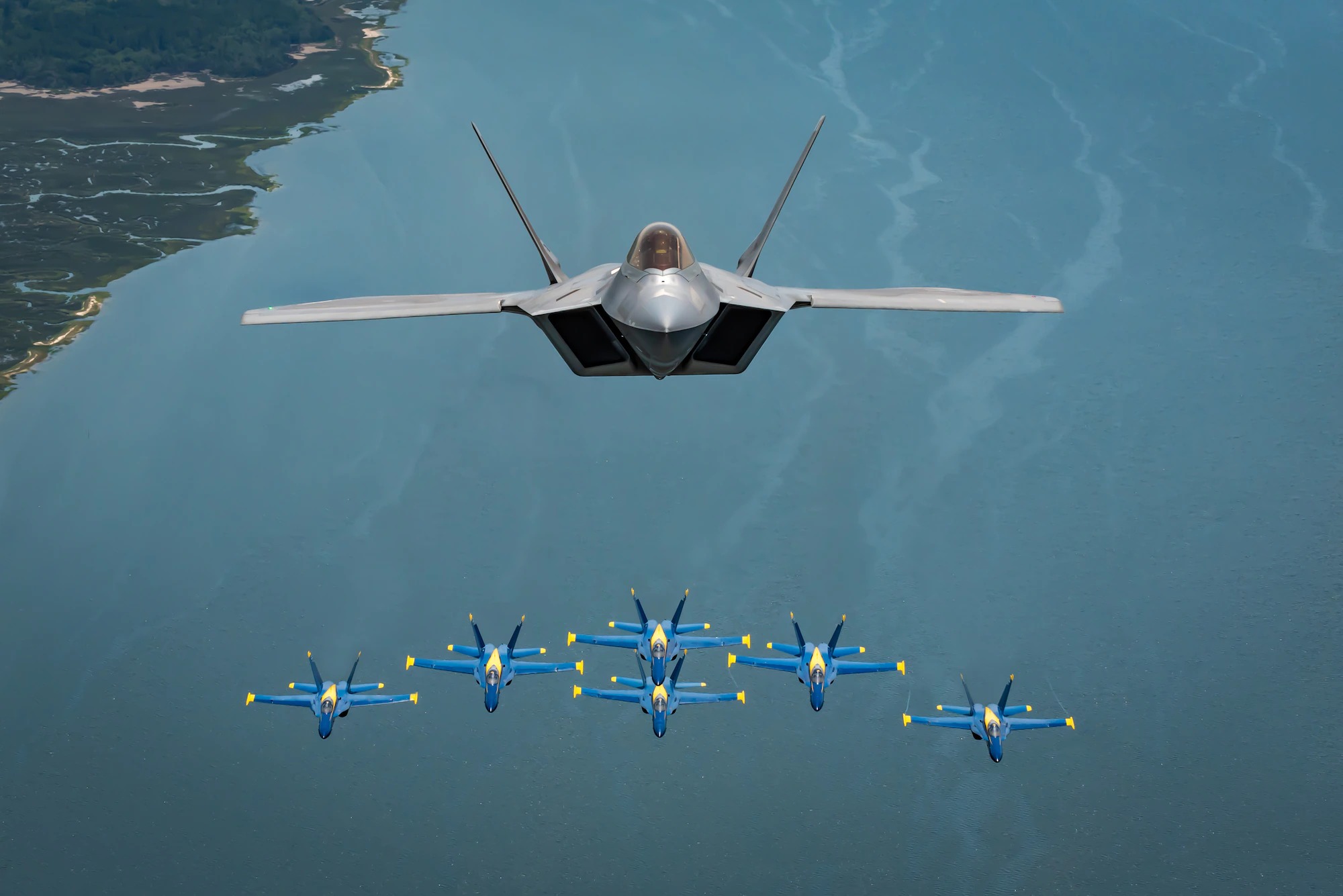
The 2021 Raytheon Trophy was presented to the Joint Base Elmendorf-Richardson’s 525th Fighter Squadron this week, an award that signifies the best air-to-air fighter squadron in the U.S. Air Force (USAF). This outcome makes the 525 FS the third F-22 Raptor unit to win this coveted trophy.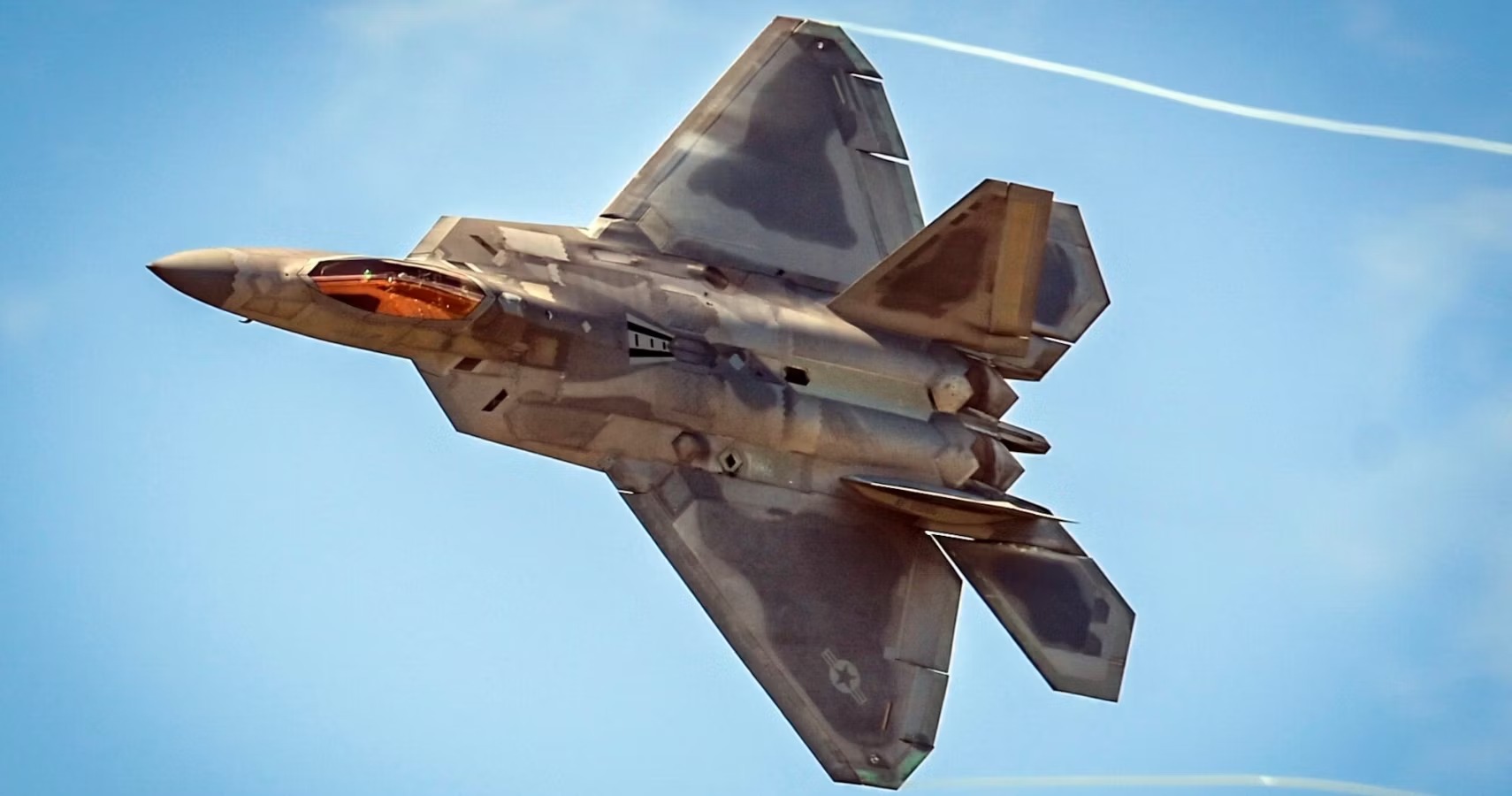
U.S. Air Force Col. Kevin Jamieson, commander of the 3rd Wing, said that “[The 525th FS] flawlessly executed this mission with multiple real-world operations, evaluations and exercises while simultaneously maintaining 24/7/365 alert presence as one of only two active-duty squadrons in the Air Force,” adding that he is “incredibly honored to see the Bulldogs receive this recognition.” The combat-ready fighter squadron actively prepares for the deployment of a fleet of F-22 Raptor fighter jets across the globe. According to Military History, the 525 FS trains in missions ranging from interdiction, suppression of enemy air defenses, strategic attack as well as offensive and defensive counterair.

The 525th Earned Its Trophy
In March, the F-22s assigned to Joint Base Elmendorf-Richardson’s 3rd wing conducted its biannual Polar Force military exercise. This set of drills bolsters the Wing’s mission readiness over a two-week long period. Third Wing commander Col. Travolis Simmons commented that “This exercise allows us to test our ability to effectively operate from a dispersed posture.” The commander also said that “With the support of the Anchorage community, we continually hone our real-world skills to respond with ready and capable forces anytime, anywhere.” Four months later, 295 personnel and 14 jets within the 525th FS deployed to Guam to support Operation PACIFIC IRON.
The 525th FS was initially activated at the height of World War II as the 309th Bombardment Squadron, tasked with supporting Allied Forces in the European Theatre of Operations. Equipped with the B-25 Mitchell, the group initially functioned as an operational training group that primarily trained aircrew for combat. By 1943, the 309th Bombardment Squadron was re-designated as the 525th Fighter-Bomber Squadron, predominantly providing air support to Allied ground forces in Italy.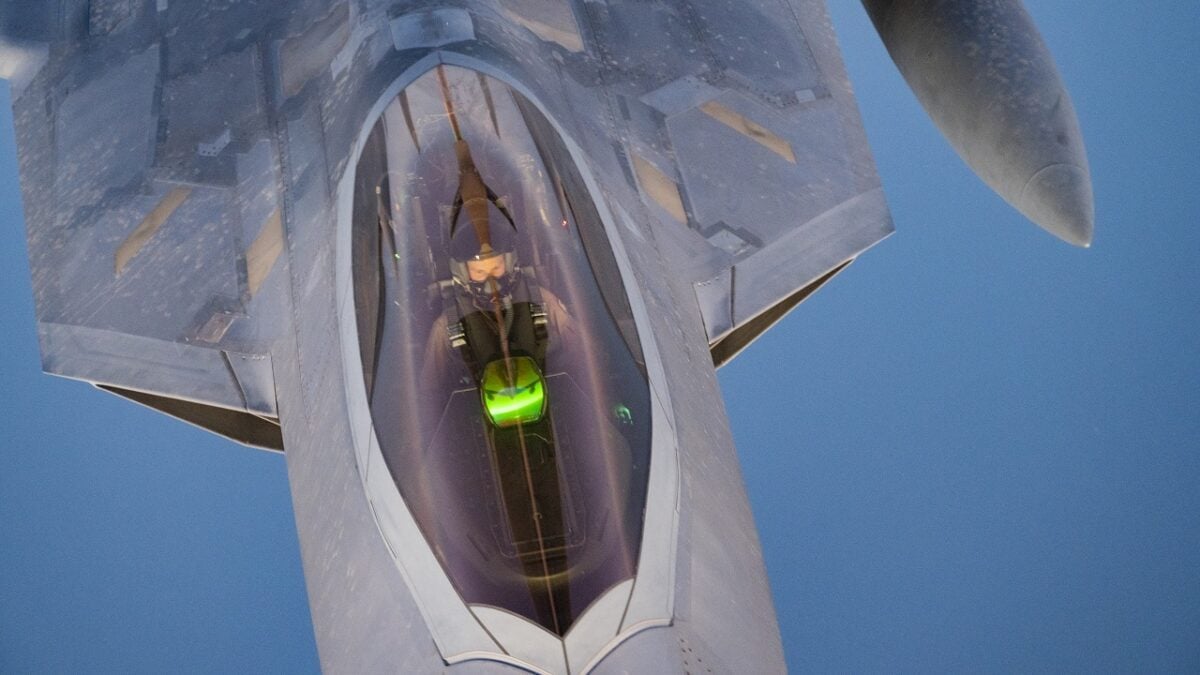
During the Cold War, the FS served in the air defense role as the 525th Fighter-Interceptor Squadron. The 525th FS also saw combat service during the Gulf War, where two of its pilots used AIM-7 Sparrow radar missiles against Iraq Mirage F-1s. Additionally, the squadron was frequently tasked to protect Combat Air patrols in eastern Iraq.
Since 2007, the 52nd FS has been armed with the Lockheed Martin F-22 Raptor. As the first operational fighter to integrate supermaneuvrability, stealth, supercruise, and sensor fusion in a single airframe, the F-22 is widely perceived as one of the most capable air-superior fighter jets in the world.
The airframe was originally designed and produced primarily by the defense contractor giant Lockheed Martin in the late 1990s, although the jet’s conception dates back a decade earlier. At the height of the Cold War, the race between the U.S. and its Russian and Chinese adversaries to develop the most advanced fighter escalated. At this point, the U.S. Air Force determined that the capabilities of its current fleet of platforms could operate at a “mission deficiency” in the near future if America’s adversaries produce near-peer airframes.
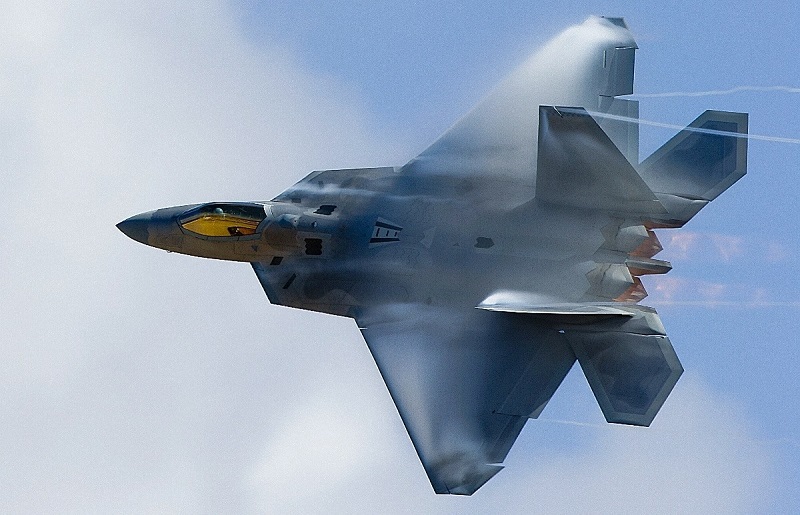
A U.S. Air Force F-22 Raptor receives fuel from a U.S. Air Force KC-135 Stratotanker assigned to the 340th Expeditionary Air Refueling Squadron, above the U.S. Central Command area of responsibility, March 14, 2022. The F-22 Raptor is a fifth-generation aircraft that combines stealth, supercruise, maneuverability, integrated avionics, and is designed to project air dominance, rapidly and at great distances, and deter regional aggressors while deployed in the USCENTCOM AOR. (U.S. Air Force photo by Staff Sgt. Frank Rohrig)
As detailed in an earlier 19FortyFive piece, “The F-22 host’s supermaneuverable flight characteristics, including a smaller radar cross-section and twin thrust-vectoring F119 turbofan engines. Its thrust vectoring capacity enables the jet to outclass any other fighter in a dogfight. The Raptor’s larger frame also allows for three internal weapons bays.”
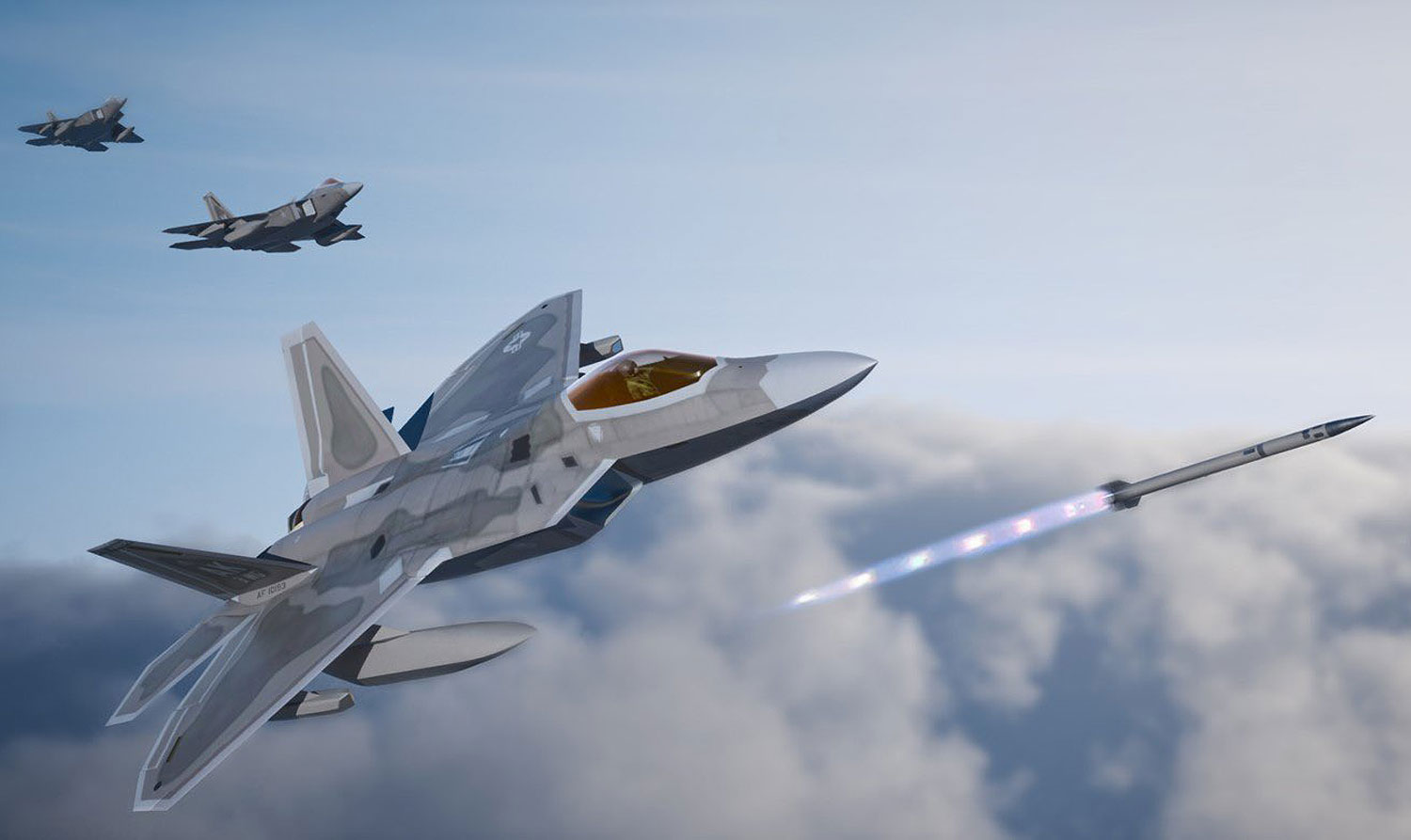
The Raptor’s cross-section is approximately five to ten times less observable than the F-35 Joint Strike Fighter, the U.S. military’s current top-tier fighter. A Sandboxx media report included a telling story about the Raptor, emphasizing its incredible attributes. In 2013, “An American F-22 approached a pair of Iranian F-4 Phantoms harassing an American MQ-1 Predator drone. The F-22 pilot, Lt. Col. Kevin ‘Showtime’ Sutterfield, was able to take his F-22 right up to one of the Iranian fighters entirely undetected, fly below the offending jet to inspect its weapons load, and then pull up alongside the Phantom to tell him, ‘you really oughta go home.’ The panicked Iranian pilot, along with his wingman, suddenly realizing they were in the presence of an aircraft full generations ahead of theirs in capability, both bugged out despite their numbers advantage.”

A U.S. Air Force F-22 Raptor from the 95th Fighter Squadron, Tyndall Air Force Base, Fla., moves into position behind a KC-135 Stratotanker from the 100th Air Refueling Wing, RAF Mildenhall Air Base, England, to conduct aerial refueling Sept. 4, 2015, over the Baltic Sea. The U.S. Air Force has deployed four F-22 Raptors, one C-17 Globemaster III, approximately 60 Airmen and associated equipment to Spangdahlem Air Base, Germany. While these aircraft and Airmen are in Europe, they will conduct air training with other Europe-based aircraft. (U.S. Air Force photo by Tech. Sgt. Jason Robertson/Released)
Despite the Raptor’s unparalleled capabilities, the Air Force is seeking to retire the older-model airframes due to the fleet’s pricey maintenance and diminishing value. However, the 525th FS’s 2021 Raytheon Trophy win proves the stunning stealth fighter still has plenty to offer.
BY:https://bartasarakkhon.com/





